CUATRO FESTIVAL







At BMO Harris Bank, we take pride in our local communities. That’s why, each year, through various sponsorships and community involvement, we are committed to providing our support.

BMO Harris Bank is proud to support the Puerto Rican Arts Alliance.

The
Sandra Torres is a bilingual journalist, currently working as a morning and midday reporter for NBC 5 and Telemundo Chicago.
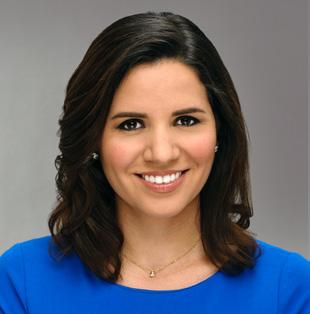
As part of the Noticiero Telemundo Chicago team, Torres reports the breaking news of the most importance to viewers in the Chicago area.
Torres started at Telemundo Chicago in 2007, where she freelanced as a general assignment reporter, fill-in weather anchor, and content producer until 2012. Torres also worked as a reporter for the CBS affiliate in Milwaukee as well as anchored the 10 p.m. show for Telemundo Wisconsin–the only local Spanish-speaking station in the state.
Torres became the Broadcast Hall of Fame’s youngest inductee in 2019. Torres earned her Bachelor’s Degree in Mass Communication and a minor in Spanish from Illinois State University. She was born and raised in Cali, Colombia.
Ray Rubio is a renowed radio personality on WSBC 1240AM (hosting the talk show “El Show de Ray Rubio” as well as a musician, singer and actor. For more than 40 years Ray has been an important advocate of Latino media, art and culture in Chicago and beyond.
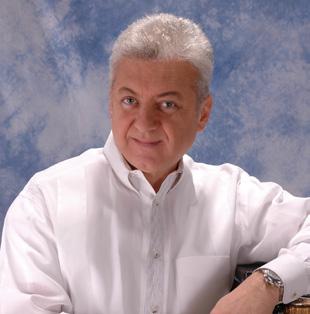
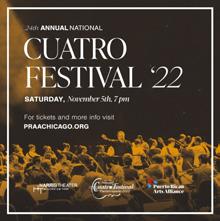
The Puerto Rican Arts Alliance expresses its gratitude to Cristian J. Roldán-Aponte and Vera Creative Inc. in the creation of this year’s Cuatro Festival’s official poster image and graphics.
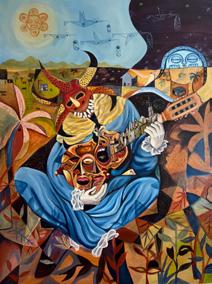



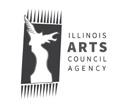






BRONZE SPONSORS
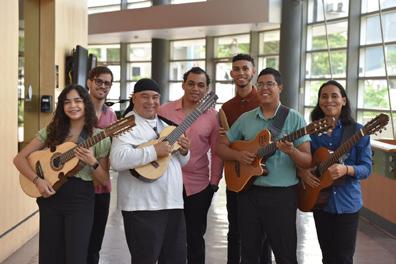
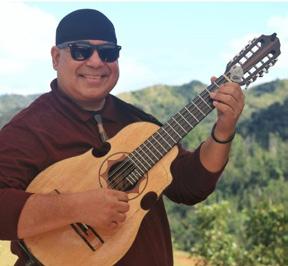
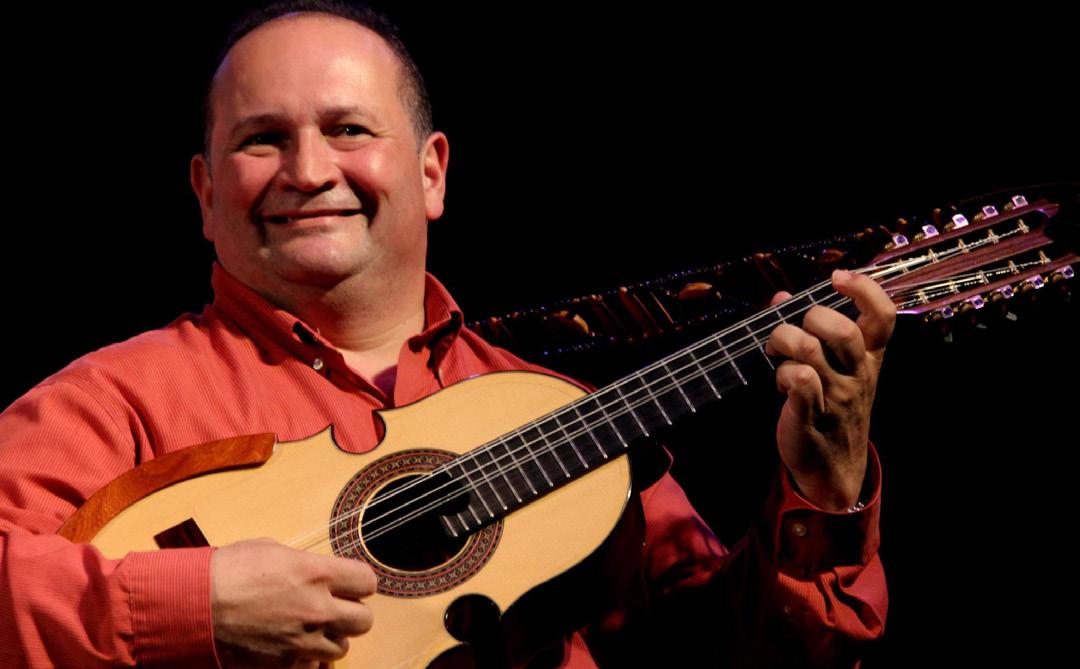
 LATIN MUSIC PROJECT ENSEMBLE
EDWIN COLÓN ZAYAS
ORLANDO LAUREANOCONJUNTO CRIOLLO
LATIN MUSIC PROJECT ENSEMBLE
EDWIN COLÓN ZAYAS
ORLANDO LAUREANOCONJUNTO CRIOLLO

The Puerto Rican Arts Alliance (PRAA) is proud to bring you the 24th Annual National Cuatro Festival (NCF) back on stage at the Harris Theater in Chicago. This year’s Festival features Edwin Colon Zayas y Su Conjun to in a show titled Un Tres, Un Cuatro y Una Voz. With performances from Orlando Laureano and the PRAA Latin Music Project Ensemble this year’s show promises to be a true one of a kind! The NCF is an opportunity to showcase the talents of our students and staff locally and nationally, while bringing you the sounds of Puerto Rico that ignite the holiday season for so many of us. The NCF is a corner stone to the amazing work and programming that the Puerto Rican Arts Alliance offers.
I am excited to see our PRAA students perform ing live tonight! The students performing in the Cuatro Festival would not be here today had it not been for the talented music teachers and leaders within the PRAA organization. PRAA prides itself on delivering a quality music education experience for several hundred Chicago Public School students and their families. We are happy to share that this year we saw an increase in the number of students enrolling in our cuatro, guitar and violin class es. PRAA offers music classes for all ages and levels.
In an effort to promote the Puerto Rican culture, it’s art and history, PRAA offers year-round arts training to Chicago teens from ages 14-18. The number of stu dents enrolling in our Studio Arts Education Program doubled in the last year, thanks in large part to a 21st Century Grant given to PRAA by the Illinois State Board of Education. We are so proud of our students and their work. The students’ work can be found all across the
Sincerely, Ignacio Lopez, Ed.D.
city including the Clemente Mural program at Roberto Clemente Academy and featured now in the PRAA center in an arts installation titled Colonial Portraits
This summer PRAA delivered a successful Noche Caribeña live music event in partnership with Navy Pier. Several hundred salsa and merengue music lovers joined us at Navy Pier for the annual free event. PRAA continues to look forward to next summer’s Noche Caribeña event as well as several Baila Conmigo & Desde Mi Barrio live music events happening at the PRAA center. For those of us who love live salsa music these Baila Conmigo events are a must to attend!
In this last year when other organizations struggled to get back on their feet post COVID, PRAA was able to expand the music education programming, studio arts education programing and program space footprint –literally. This last year with the acquisition of two new buildings, next to our PRAA Center, the organization is able to grow programming, meeting space and hosting capabilities for artist in residence. PRAA’s success, our growth and the impact we have with students across the city would not be possible without the generous donations you make. We kindly invite you to make a donation to PRAA by visiting our website www.praachicago.org and click on the “DONATE” button. Your contributions will help bring quality music and studio arts education pro gramming to hundreds of students across the city and will help PRAA continue to promote the Puerto Rican Arts through ongoing arts exhibits, community engagement events, live performances and of course our National Cuatro Festival! We hope you enjoy the show!
Carlos Hernández Falcón Board Chairman Executive Director & FounderEl Puerto Ricans Arts Alliance (PRAA) se enorgullece de traer les el 24º Festival Nacional Anual del Cuatro (NCF) de regreso al escenario en el Harris Theatre de Chicago. El Festival de este año presenta a Edwin Colon Zayas y Su Conjunto en un espectáculo titulado Un Tres, Un Cuatro y Una Voz. Con las ac tuaciones de Orlando Laureano y el PRAA Latin Music Project Ensemble, ¡el espectáculo de este año promete ser único en su clase! El NCF es una oportunidad para mostrar los talentos de nuestros estudiantes y personal a nivel local y nacional, al mis mo tiempo que le brinda los sonidos de Puerto Rico que encien den la temporada navideña para muchos de nosotros. El NCF es la piedra angular del increíble trabajo y la programación que ofrece Puerto Rican Arts Alliance.
¡Estoy emocionado de ver a nuestros estudiantes de PRAA actuando en vivo esta noche! Los estudiantes que actu aron en el Festival Nacional del Cuatro no estarían aquí hoy si no hubiera sido por los talentosos maestros de música y líderes dentro de la organización PRAA. PRAA se enorgullece de brin dar una experiencia de educación musical de calidad para vari os cientos de estudiantes de las escuelas públicas de Chicago y sus familias. Estamos felices de compartir que este año vimos un aumento en el número de estudiantes que se inscribieron en nuestras clases de cuatro, guitarra y violín. PRAA ofrece clases de música para todas las edades y niveles.
En un esfuerzo por promover la cultura puertorriqueña, su arte e historia, PRAA ofrece capacitación artística durante todo el año a adolescentes de Chicago de 14 a 18 años. La canti dad de estudiantes que se inscribieron en nuestro Programa de Educación en Artes de Estudio se duplicó en el último año, gra cias en gran parte al Century 21 otorgado a PRAA por la Junta de Educación del Estado de Illinois. Estamos muy orgullosos de nuestros estudiantes y su trabajo. El trabajo de los estudiantes se puede encontrar en toda la ciudad, incluido el programa
Clemente Mural en la Academia Roberto Clemente y ahora se presenta en el centro PRAA en una instalación artística titulada Retratos Coloniales.
Este verano, PRAA presento un exitoso evento de música en vivo “Noche Caribeña” en asociación con Navy Pier. Varios cientos de amantes de la música de salsa y merengue se unieron a nosotros en Navy Pier para el evento gratuito anual. PRAA continúa esperando el evento Noche Caribeña del próximo verano, así como varios eventos de música en vivo de Baila Con migo y Desde Mi Barrio que se llevarán a cabo en el centro de PRAA. ¡Para aquellos de nosotros que amamos la música salsa en vivo, estos eventos de Baila Conmigo son imprescindibles para asistir!
En este último año, cuando otras organizaciones lucharon por recuperarse después de COVID, PRAA pudo expandir su programación de educación musical, expandir su programación de educación artística de estudio y expandir su presencia, literalmente. Este último año con la adquisición de dos nuevos edificios, junto a nuestro Centro PRAA, la organización puede aumentar la programación, el espacio para reuniones y las capacidades de alojamiento para artistas en residencia. El éxito de PRAA, nuestro crecimiento y el impacto que tenemos con los estudiantes de toda la ciudad no serían posibles sin las gener osas donaciones que usted hace. Le invitamos amablemente a hacer una donación a PRAA visitando nuestro sitio web www. praachicago.org y haciendo clic en el botón “DONAR”. Sus con tribuciones ayudarán a traer música de calidad y programación de educación artística de estudio a cientos de estudiantes en toda la ciudad y ayudarán a PRAA a continuar promoviendo las artes puertorriqueñas a través de exhibiciones artísticas con tinuas, eventos de participación comunitaria, presentaciones en vivo y, por supuesto, ¡nuestro Festival Nacional del Cuatro! ¡Esperamos que disfrutes del espectáculo!
Carlos Hernández Falcón Presidente de la Junta Directiva Director Ejecutivo y Fundador Ignacio Lopez, Ed.D.

Sinceramente,
The fabric of Chicago is woven by its diverse communities. For 170 years, Peoples Gas has been a part of this fabric by delivering natural gas safely and reliably. We are proud to support community organizations such as the Puerto Rican Arts Alliance (PRAA) and its mission to preserve Puerto Rican culture by maintaining traditions, promoting arts, providing educational opportunities in arts programming and cultivating pride in Puerto Rican heritage for future generations.
Together, we are empowering the communities we serve.
Scan for our Corporate Responsibility Report

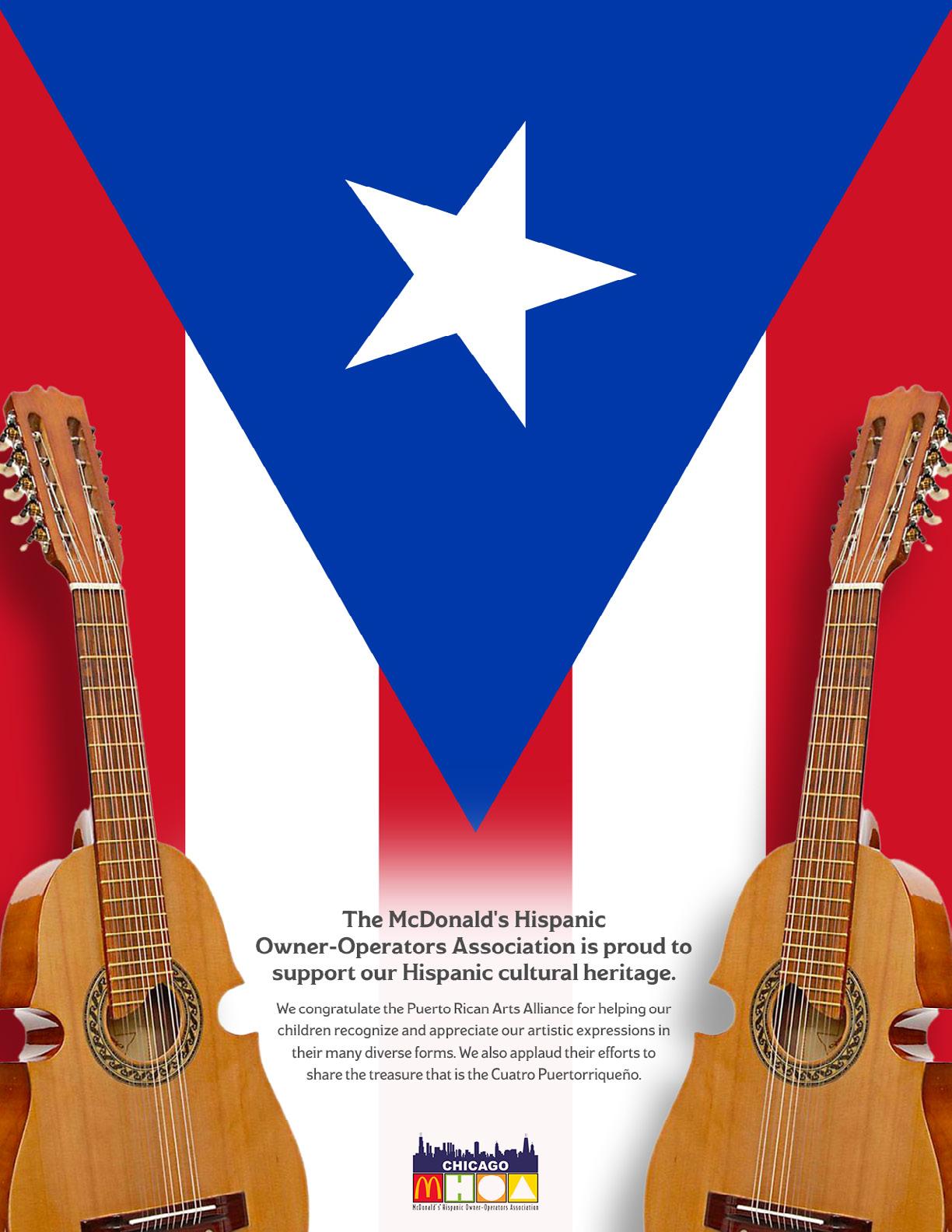
Each year the Puerto Rican Arts Alliance dedicates the National Cuatro Festival to an individual or institution that has demonstrated a life time of cultural achievement or social and/or economic work that has positively impacted the Puerto Rican community. We are honored that this year’s award has been bestowed to Edwin Colón Zayas.
With his interpretations, Edwin has taken the instrument to its maximum expression, giving it a new dimension and making it incursion into different musical expressions; thus, being the main figure of the Puerto Rican Cuatro. Throughout his career he has received many tributes, dedications, distinctions, as well as awards, among which stand out: 1996 - Tu Música Award in the category of “Best Instrumental Recording of the Year”, for his recording: “Morel ... en Tiempo de cuatro.” A Latin Grammy Nomination in 2008 for his album Reafirmación as Best Traditional Tropical Production. And, the National Heritage Award 2009 granted by the National Endowment for the Arts Edwin has also represented Puerto Rico, as a soloist, with his brother Bill, or with his Taller Campesino, in the most prestigious Jazz, Classical, Guitar, Cultural and World Music Festivals in

the World. He has played with the Symphony Orchestras of Puerto Rico, San Antonio Texas, Venezuela, Cuba, Monterrey Mexico, and with the San Juan Pops. He has performed with Andres Jimenez, Luis Miranda, Jose Lugo, Gilberto Santa Rosa, Victor Manuel, and with the Venezuelan guitarist and cuatro player Aquiles Baez, with the timplists from the Canary Islands: David León and Domingo Rodríguez “El Colorao”, Lucesita Benítez, José Feliciano, and Paco de Lucía. Edwin has accompanied performances with guitarists Strunz & Farah, Pedro Rivera Toledo, Lito and Cuco Peña, Yomo Toro, Willie Colón, Carlos Vives, and with awardwinning Venezuelan cuatrista Cheo Hurtado and his Ensemble
Gurrufío. Additionally, his performances have accompanied Papo Lucca and the Sonora Ponceña, Japanese flutist Rie Akagi, Palos y Cuerdas and many more. As a soloist, Edwin and his Taller Campesino have around 21 recordings. Edwin has participated in more than 300 recordings and has been Producer, Arranger and Musical Director in at least 100 of them. He has also done commercials for radio and television.
Edwin is also Producer of the “Guitarra Campesina” Project, by his brother Bill Colón Zayas, a historical recording, which has received the best reviews in the world. Currently, they are working on the 2nd Volume. He has been the Musical Producer of three important Canarian Record Projects. Edwin continues to make works of great importance and contribution to the growth and development of our National Instrument, the Puerto Rican Cuatro. It has been approximately 33 years since he created the Taller Campesino, and during all these years he has contributed greatly to the traditional music of our homeland. Not only the way of interpreting it; with aggressiveness, with flavor, but also with musical arrangements and novel ideas that have taken it and maintained it at a first-class level.

Ignacio Lopez, Ed.D, Chair
Dean, College of Professional Studies & Advancement, National Louis University
Sylvia Mojica-Castillo, Vice Chair
PsyD - Psychotherapist Consultant
Robert Pantoja, Treasurer
President, Retail Banking Market, BMO Harris Bank
Diana Maldonado, Secretary
VP, News Noticiero Telemundo, WSNS-TV Telemundo Chicago
JeNyce Boolton
VP / Community Relations Mgr. Corporate Responsibility, U.S. Bank
Eduardo Camacho
Sr. Compliance Facilitator, Chicago Public Schools
Cheryl Cooke
Director of Planning & Development, Cook County Illinois
Manuel Cuevas-Trisan, JD VP Human Resources, Harvard University
Monica Diaz
VP Talent Development, Diversity & Inclusion, Royal Caribbean Group
Dr. Ernesto Matias
Chief Education Officer, Illinois State Board of Education
Stacy O’Brien, JD VP & Deputy General Counsel, Exelon
Carlos Hernandez, Founder & Executive Director
Nicole Alicia, Marketing & Administrative Manager
Jose Carrasquillo, Latin Music Project Manager
Jorge Felix, Studio Arts & Exhibits Program Director
Adrian Estrada, Intern Accountant
Carmen Gonzalez, Facility Manager
Benjamin LaBoy, Music Instructor
Herbert Moreno, Accounting Consultant
Zabdiel Santiago, Latin Music Project Manager
Michael Scott, Music Program Director
Nancy Ward, Development Director
Complement Consulting
Cristina Vera, Vera Creative, Inc.
Ernesto De La Torre, Accounting Consultant
Eric Wagner, True story. Kopczyk, Osher & Scott, Accountants
Landon Bone Baker Architects
Rebecca Raab, Development Consultant
Steve D. Friedland, Attorney Torres Consulting, Inc.d
Mara Ayala, Studio Arts Instructor
Samuel Ortiz, Studio Arts Instructor
Juana Duran-Charicata, Studio Arts Instructor
Cristian Roldan, Studio Arts Instructor
Jose Barrera, Columbia Explorers Academy
Julio Cruz, Community Resident
Michael Foster, Whitehall Hotel
Antonio Guillen, Wintrust
Angel Gutierrez, Catholic Charities
Carmen Hernandez, Clayco
Pablo Matias, U.S. Bank
Manuel Medina, City Colleges of Chicago
Edwin Mendez, Community Resident
Martin Montes, ComEd
Willy Montes de Oca, Community Member
David Olivencia, Accenture
Arnaldo Rivera, Navy Pier
Edwin Rivera, Metaphrasis
Milton Rodriguez, Prosper Senior Solutions
Heriberto (Ed) Ruiz, R4 Commercial Real Estate Solutions
Zoraida Sambolin, NBC 5 Chicago
Angelo Sanchez, Community Advocate
Isabel Tellez, Chicago Public Schools
Cristina Vera, Vera Creative, Inc
David Woolwine, Impact Squared Group
Aly Echevarria, Community Resident
Damaris Montano, Puerto Rican Society of Waukegan
Angel Perez, Hijos de Borinquen
Luz Dary Denton, Kroma Associates, LLC, San Juan, PR
Eduardo Diaz, Smithsonian Latino Center, Washington DC
Nelson A. Diaz, Hon. Judge & Author, Philadelphia, PA
Wanda Figueroa-Peralta, River Valley Behavioral Health, Henderson, KY
Lidia Mercado de Hernandez, Empresas Hernandez Mercado, San Juan, PR
Miguel Rodriguez, Cultural Outreach Consultant, San Juan, PR
Hector Aponte
Alberto Carrero
Eliud Hernandez
Miguel Palacio
Jaime Rivera
Magaly Medina Myrna Perez
Juana Santoyo
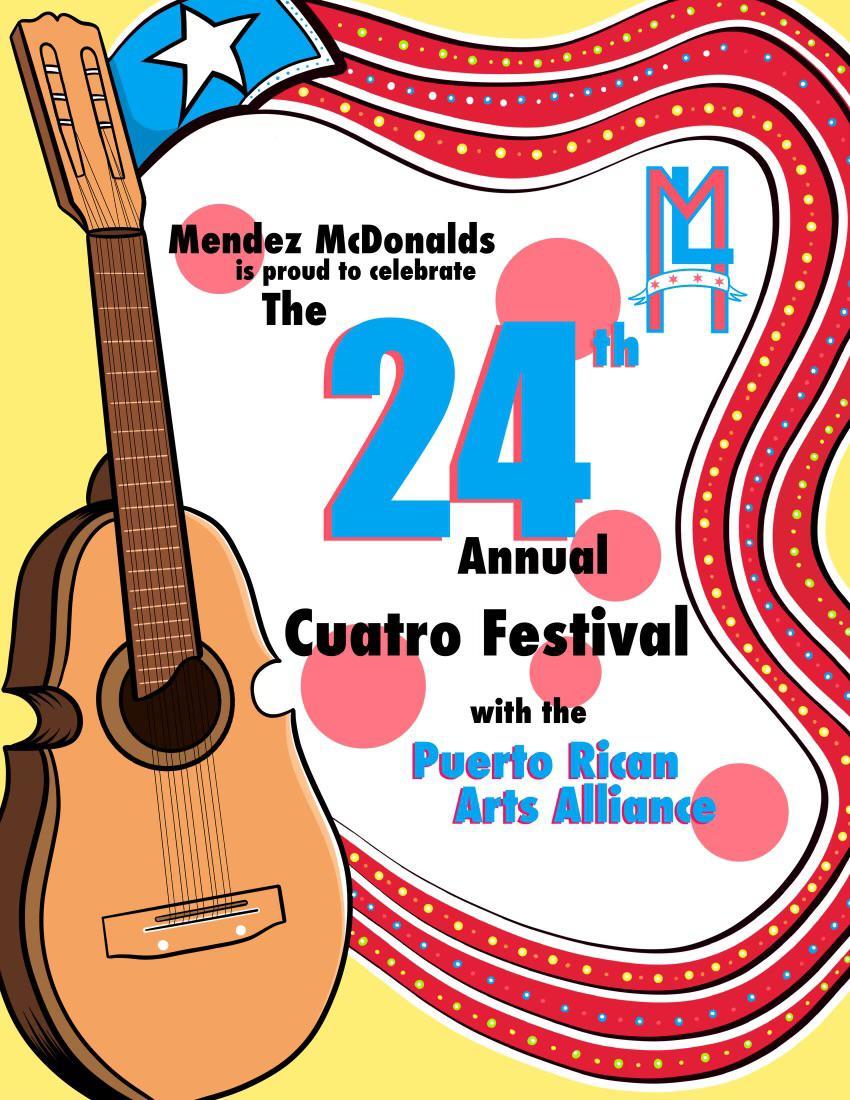
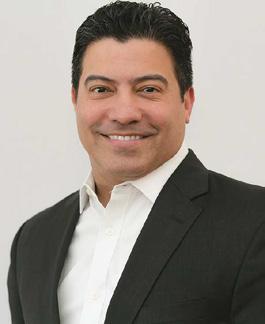



Job growth in the business and technology industry is THRIVING! Seize the moment and get the skills needed to ADVANCE and ACCELERATE YOUR EARNING POTENTIAL with an in demand graduate degree from National Louis University, an institution known for developing leaders since 1886.

Graduate degrees offered in:
Master of Business Administration • Master in Design Thinking & Entrepreneurship Master in Human Resource Management & Development Master in Human Service Administration
Master in Industrial & Organizational Psychology Master in Organizational Leadership

Master of Public Administration Doctorate of Business Administration

A community empowered by creativity.
We are more than “just a school”. And we teach more than “just art”. We believe that the artistic habit of mind equips students with the ability to creatively think and solve problems. With global issues becoming increasingly more complex, society demands that we invest in our youth to develop and empower their unique perspectives and identities so that they can create novel solutions for the betterment of themselves, their families, and their communities.
We believe this approach enhances the learning experience for all students, and in turn, their intellectual, emotional, and social development.

Because of the interconnectedness of all the challenges that we face in society today, all of our classroom subjects regularly integrate the Creative Process in the form of interdisciplinary learning experiences that we call Arts Infused Projects.
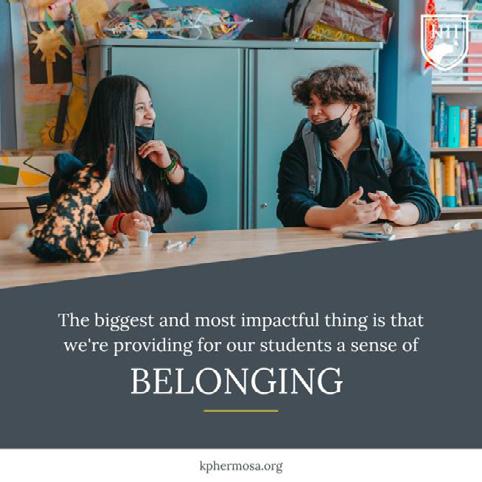
While we are a Fine & Performing Arts School, we also offer Advanced Placement, Digital Media, Allied Health, and JROTC programs.

Amazon
Allstate Foundation / Allstate Corporation Alphawood Foundation BMO Harris Bank
Chicago Community Trust
Chicago’s Cultural Treasures ComED / Exelon Elizabeth Morse Charitable Trust Field Foundation of Illinois Gaylord & Dorothy Donnelley Foundation
Goya
Lloyd A. Fry Foundation MacArthur Fund for Arts & Culture at Prince McDonalds Hispanic Owners Operators Association NBC 5 Chicago
Paul M. Angell Family Foundation
People’s Gas Polk Bros. Foundation Southwest Airlines
Telemundo Chicago Terra Foundation for American Art
The Joyce Foundation
U.S. Bank Foundation / U.S. Bank
Walder Foundation
ASPIRA, Inc. of Illinois AfriCaribe Cultural Center
Association of Latinos Motivating Actions (ALMA)
Catalyst Circle Rock – Charter School
Centro de Estudios Avanzados de PR y el Caribe
Chicago Arts Partnerships in Education
Chicago Collections Consortium Chicago Cultural Alliance
Chicago History Museum
Chicago Latino Theater Alliance Chicago Park District, Humboldt Park Field House
Chicago Philharmonic Chicago Public Schools Collaboraction Theatre Company Conservatorio de Música de Puerto Rico
DeVry University
El Archivo General de Puerto Rico Empowering Communities through Opportunity En Las Tablas Performing Arts Center ENRICH Chicago Guitar Center - Halsted Harris Theater for Music & Dance Hermosa Neighborhood Association
Howard Brown Health
Illinois Humanities Council Illinois State Board of Education Instituto de Cultura Puertorriqueña Kehrein Center for the Arts La Rondalla de Humacao
LUCHA
Lyric Unlimited
Museo Felisa Rincón de Gautier Museo De Las Americas Navy Pier NBC 5 - Telemundo Chicago
Natl. Conference of Puerto Rican Women, Northern Chapter
National Museum of Mexican Art
New Rhythm Arts Center
Northeastern Illinois University
Northern Illinois University
North West Side Housing Center
Office of Local School Council Relations
Opportunities for All
Pilsen Neighbors Community Council
Philharmonic Orchestra of Puerto Rico
Puerto Rican Police Association
Puerto Rican Society of Waukegan Rincon Family Services
Roberto Castillo’s Archives Shuga Records Southern Illinois University University of Illinois at Chicago/ LARES
Wilbur Wright College
WIPR – Puerto Rico
Youth Empowerment Performance Project
Government
City of Chicago-DCASE
Illinois Arts Council Agency
Illinois State Board of Education (ISBE)
National Endowment for the Arts
ASPIRA Business & Finance High School
Charles R. Darwin Elementary School
Columbia Explorers Elementary Academy
Francisco I. Madero Middle School
Harriet Beecher Stowe Elementary Irene C. Hernandez Middle School
James Monroe Elementary School
Kelvyn Park High School
Mary Lyon Elementary School
Nathan Smith Davis Elementary Ogden International High School
Richard Edwards Elementary School
Steinmetz High School Wolfgang A. Mozart Elementary School
Mayor Lori Lightfoot, City of Chicago
Ald. Felix Cardona, Jr., 31st Ward
Rep. Eva Dina Delgado, 3rd District
Ald. Roberto Maldonado, 26th Ward
Ald. Carlos Ramirez-Rosa, 35th Ward
Ald. Ariel Reboyras, 30th Ward
Ald. Gilbert Villegas, 36th Ward
Ald. Rossana Rodriguez, 33rd Ward
Rep. Jaime M. Andrade Jr., 40th District
Rep. Will Guzzardi, 39th District
Rep. Delia Ramirez, 4th District
Sen. Omar Aquino, 2ndDistrict
Sen. Cristina Pacione-Zayas, 20th District
US Rep. Jesus Garcia, 4th District Iris Martinez, Clerk of the Circuit Court of Cook County
Cook County Commissioner Luis Arroyo Jr., 8th District
Elizabeth Alvelo
Carlos Ayala
Margie Bonano Sonia Caban Lissete Cabrera
Ramzie Casiano Mayra Casinao Nydia Castillo Celestina Chaverria Coty Cervantes Vilma Colom Cheryl Cooke Noe Cortez Madeline Cruz Ada Iris Diaz
Aly Echevarria Katty Enriquez Mayo Mercedes Feliz Evelyn Fred Alberto & Jennifer Fret Maggie Garcia Miguel Gomez Teo Gonzalez Xiomara Green Kenneth Green Patty Greene Tracie Hall
Minerva Hernandez
Sandra Hernandez
Aurora HildalgoCastro Orlando Lopez
Emily Masincup
Luis Medina Magaly Medina Doris Medrano
Carmen Maldonado
Gladys Mendez & Family Patricia Mendoza-Carbo Nancy Menjivar
Sylvia Mojica Castillo Patty Montenegro Martin Montes
Willy Montes de Oca Elba Morales Nerida Morales Herbert Moreno
Elisa Nieves Anna Ortiz Emma Ortiz
Enelise Ortiz Javier Ramos Teresa Reyes
Enid & Jaime D. Rivera
Peggy Rivera Margarita Rodriguez Betty Roman
Angelo & Carmen Sanchez Iris Sanchez Elba Santiago
Lemmys Santiago Maryorie Santos Santiago Juana Santoyo Elliott Segarra
Ivellise Segarra
Charlie Serrano
Aida Sultan Isabel Tellez Elizabeth Torres Luz A. Torres
Richard Velazquez Letty Velez
Cristina Vera
Angi Villafana
Gustavo Villafana Noemi Villasenor
ASPIRA, Inc. of Illinois Cheryl Cooke Hector Fabregas, Jr. State Farm Insurance Agent Elizabeth Colon & Edwin Rivera, Metaphrasis Language & Cultural Solutions LLC
Dr. Ramon Garcia, Garcia Medical Center Northeastern Illinois University Milton Rodriguez, Prosper Senior Solutions
Herberto Ruiz, R4 Commercial Real Estate Solutions
WE TRULY APPRECIATE OUR DONORS
(10/26/21 – 10/17/22)
Aurelio Acevedo Nancy Agranonte Miguel Alba Jordan Alcantar
Stefania Alfano
Dominique Allen Juan Alvarez Elizabeth Alvelo American Library Association
Abigail Andjelic Rafael Anglada Eva Aquino
Yami Arias Cynthia Arroyo Luis Arzu
Nereida Aviles Carlos Azcoitia Badillo Law Group, P.C. Manuel Badillo
David Bailey Raymond Barbosa Patricia Bastin
Deidre Baumann for Judge Elsa Bishop Erica Bonilla JeNyce Boolton Lopez Jose Burgos Carmen Cabrera Ivette Cabrera Lissete Cabrera Rosa Cabrera Dalia Cajigas Eduardo Camacho Greg Cameron Celia Campos Carlos for Chicago Enrique Carmona Richie Caro Fabiola Carrasco Alberto Carrero Jr Juanita Castejon
Alicia Castillo
Sylvia & Ruben Castillo Alicia Castillo Nydia Castillo
Jaime Castrejon Maribel Castro Evelyn Cato
Evelyn Cedeno Marta Cerda Gary Chavarria Celestina Chaverria Chicago Dia de los Ninos Daisy Cintron Milton Clark John Clayborn Camille Collazo Vilma Colom Maria Concepcion Cheryl Cooke
Elba Cora James Cornolo Alva Cortes
Julio Cruz Luis Cuevas Manuel Cuevas-Trisán Edgar Davila
Rodolfo De Jesus Carroll DeJesus Kenneth Del Valle
Daniel Delgado Carmen D De Santiago Eduardo Diaz Monica Diaz Iris Diaz Christopher Dunn Mayra Echevarria Eduardo Echeverria
Excellence By Design
Hector Fabregas
Magda Favale
Wanda Figueroa Peralta
Antonio Flores
Frederico Flores
Michael Foster
Evelyn Fred
Maria Fresse-Giffels
Anthony Galloway
Adelfio Garcia
Congressman Jesus “Chuy” Garcia
Hipolito Garcia
Maggie Garcia
Mario Garcia
Javier Garibay Gabriel Gheorghiu
Ana Gil-Garcia Sarah Glavin
Beatriz Gomez
Marilyn Gomez
Melissa Gomez
Miguel Gomez
Alan Gonzalez
Maria Gonzalez
Melissa Gonzalez
Miguel Gonzalez Ruth Gonzalez
Sonja Gonzalez
Susana Gonzalez Patty Greene
Fred Gross
Carlos J. Guevara
Luis Guillen
Livia Gutiérrez
Erin Harkey
Paul Herman
Carlos Hernandez Manuel Hernandez Marion Hernandez
Minerva Hernandez
Mirna Hernandez Ruth Hernandez Sandra Hernandez
Marlene Herrera
Aurora Hidalgo Castro James Hoffman
Irma Hunold
Jose Luis Illanes
Gino Jacobazzi
Edwin Jimenez
Chip Johnson Ryan Johnson Lisa Johnson
Edgardo Jove
GabbyKennedy
Ciro Kon Adam Kriticos
Peter Landon
Marie Lane
David Lee
Heriberto Leon
Paul Levin
Jose Llopiz
Deborah Lopez
Ignacio Lopez Omar Lopez
Orlando Lopez
Carleen Lorys
Jacqueline Lozano
Peter Lucas
Rosemary Lugo-Gross
Lynn Santoyo
Carmen Malave
Carmen Maldonado
Diana Maldonado
Annette Marquez
Angel L Marrero
Cristina Marrero Naomi Martell
Ernesto Matias
Jalitza Martines Jessica Martinez
Luis Martinez
Marilyn Martinez Ernesto Matias
Carmen Medina
Kenneth Medina Maria Medina
Azalea Mejía
Gladys Mendez Edwin Mendez Nelson Mercado
Lidia Mercado de Hernandez
Metaphrasis Language & Cultural Solutions Michael Michaels
Donna Milanovich
Derek Miller
Sari Mills Maria Miranda
Jose Mirque
Sylvia Mojica-Castilllo Patricia Montenegro
Ilia Montes
Guillermo Montes de Oca
Elba Morales Marisol Morales
Eileen Morales-Reedy
Herbert Moreno
Sonia Morimoto
Julio Mosqueda
National Museum of Mexican Art
Marissa Nazario
Jill Nelson
Zach Nicholas
Elisa Nieves
Jasmin Nieves
Angelika Noel-Roman Ron Norinsky
Jose Nunez
Stacy O’Brien David Olivencia
Juan Olmedo
Opportunities For All
Emma Ortiz
Sylvia Ortiz
Martha Padilla-Ramos
Sue Padro
Minerva Pagan
Miguel Palacio
Jazzmean Palonis
Dr. Nicholas Panomitros
Robert Pantoja Franklin Paz
Enilda Perez
Marissa Perez
Obed Perez
Michael Peska
Danielle Peteet
Miguel Pichardo
Jose Pineda
Bill Pyter
Elizabeth Quinlan
Noemy Quinona
Lilyan Quinones
Luisa Quinones
Lily Quiroa
Daniel Ramos
Fulgencio Ramos
Javier Ramos
Julius Raneses
Edwin Reyes
Michael Reyes
Teresa Reyes
Gina Riggio
Jose Rivera
Juan Rivera
Marjorie Rivera
Elsie Rodriguez
Hector Rodriguez
Jaime Rodriguez Julio Rodriguez Milton Rodriguez Sergio Rodriguez Sonia Rodriguez Christian Roldan
Juan Roman
Angelica Romero Gomez
Pedro Rosa
Martha Rosa-Salgado
Lissette Rosado
Eugene Rosario
Norma Rosario
Lissette Rua
Ana Salazar
Myrna Salazar
Doris Salomon
Aida Sanchez
Ana Sanchez
Angelo & Carmen Sanchez
Milly Santiago Miguel Santiago
Hector Santiago
Lourdes Santibanez
Mary Schmich
Elliott Segarra
Charles A Serrano
Gregory Smith
Maria Solis
Jan Susler
Candace Tasior
Isabel Tellez Cindy Torres
Luz Torres
Madeline Troche-Rodriguez Eduardo Vargas
Javier Vargas
Edilberto Vazquez Edward Velazquez Cristina Vera Patricia Vera
Mimi Villacres
Gustavo & Angela Villafana Javier Villafuerte Jimenez
Gilbert Villegas
Ana Wagener-Sobrero Lucy Weatherly
Myra Winding
Iwona Wolska David Woolwine
Special Thanks to Eric Wagner, True story. and Cristina Vera, Vera Creative Inc. for their graphic design services.
Donors provide the means for us to carry out our mission of preserving Puerto Rican culture by maintaining traditions, showcasing art and music, providing arts and music educational programs and cultivating pride in heritage. Here are some ways you can help.
BECOME A FUNDRAISER: Set your own goal and become a fundraiser for PRAA. Visit our website at https://www.praachicago.org/donate to start your campaign TODAY!
MAKE A DONATION: We welcome contributions of any size. Donations are accepted via cash, check, credit card and Zelle via info@praachicago.org.
PLEDGE: You may make a pledge of any amount and pay on a schedule you choose.
BEQUEST: Name PRAA as a recipient in your estate planning.
INSURANCE: Name PRAA as the beneficiary of a life insurance policy.
MEMORIAL / HONOR: Remember someone or honor someone. Celebrate a birthday, graduation, anniversary, or wedding with contributions made to PRAA in lieu of gifts.
MATCHING GIFT: If your employer (or your significant other’s employer) has a matching gift policy as one of its’ benefits, your gift could double or triple in value.
IN-KIND GIFTS OR SERVICES: Volunteer on one of our committees or to help with an event, donate items that can be used in our music and art programs, or donate items that can be used as raffle prizes or give-a-ways at events.
ATTEND AN EVENT: Register for programs or attend performances, exhibitions, or special events.
DONATE AIRFARE: PRAA regularly brings musicians and artists to Chicago. Donate miles or tickets.
Contact Nancy Ward, Development Director at 773-342-8865 x 105 or nancy@praachicago.org for PRAA’s gift acceptance policy, more information about donations, becoming a fundraiser, or volunteer opportunities.
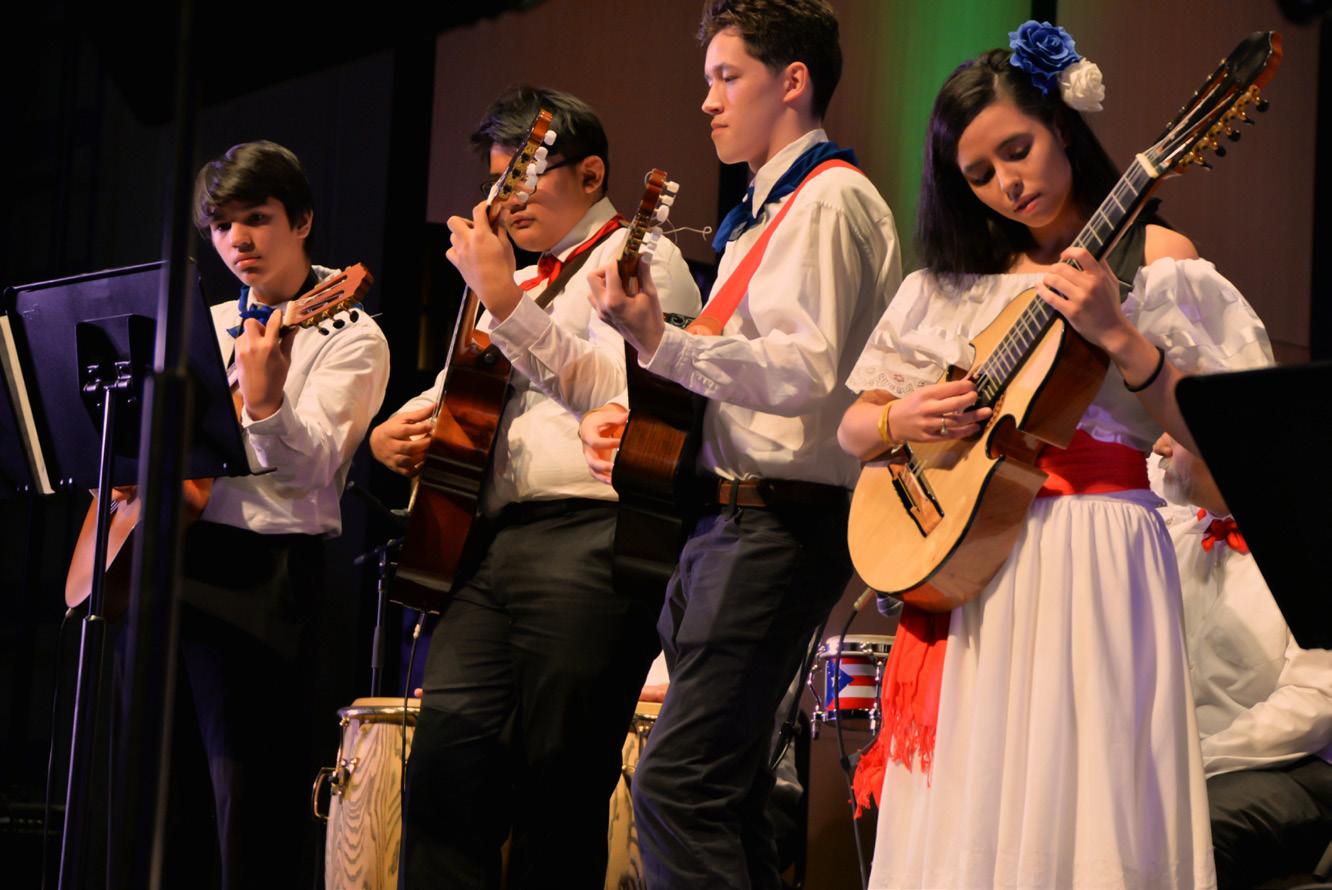
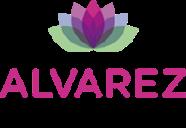
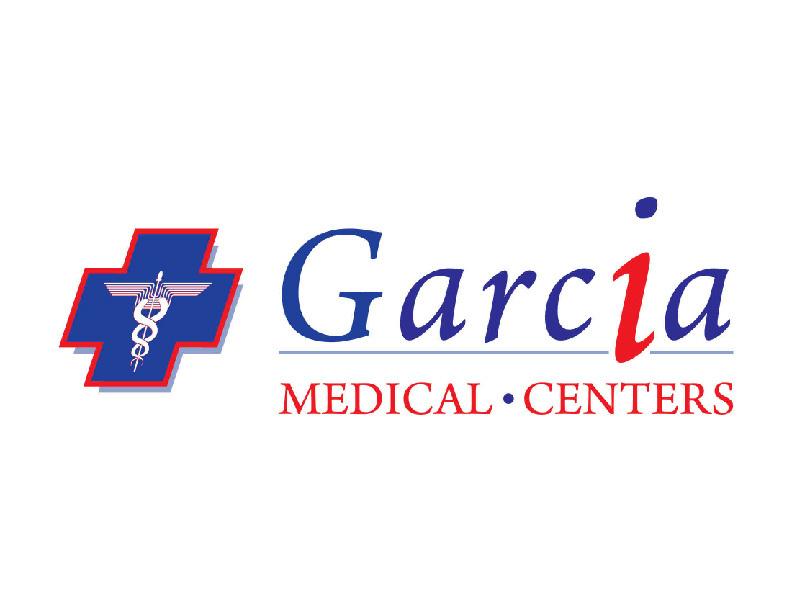


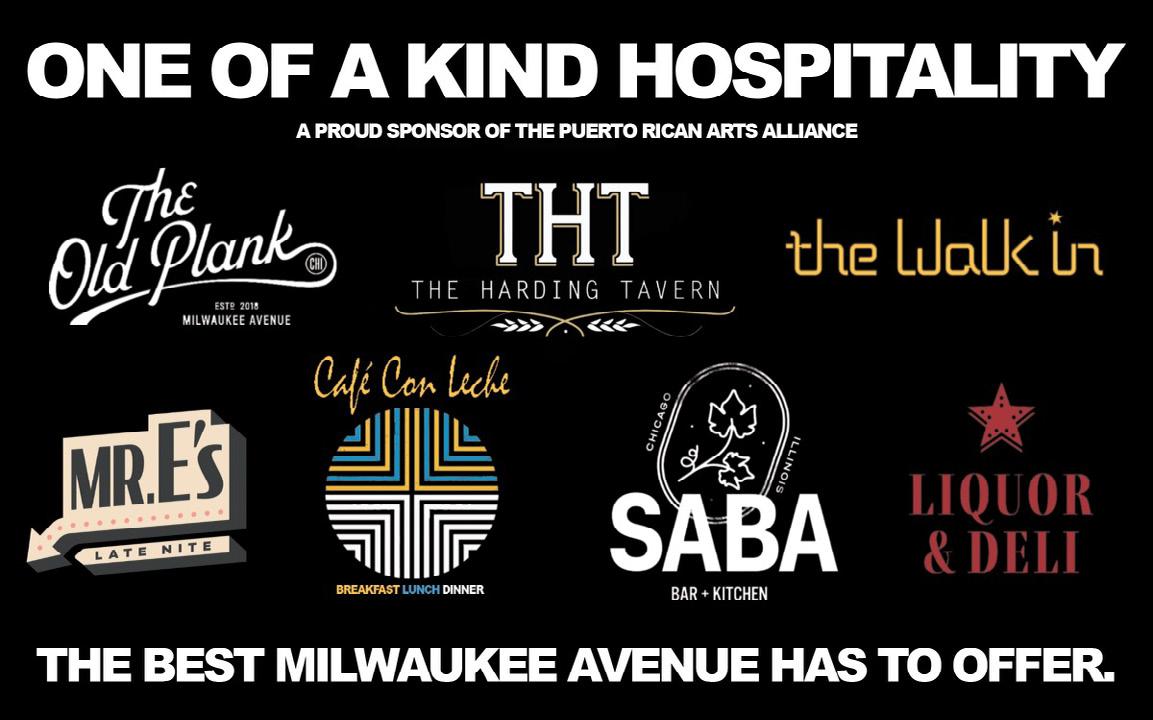
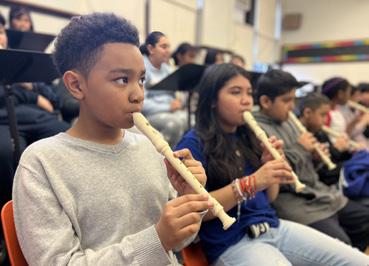
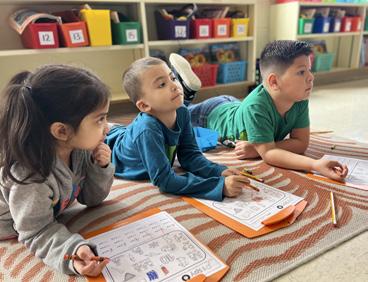
mission is to create a trusting and nurturing environment for

parents from our community. It is our
deliver an equitable, accessible curriculum that meets the needs of each child. Our focus is to develop a biliterate,
personalized approach to learning that will promote

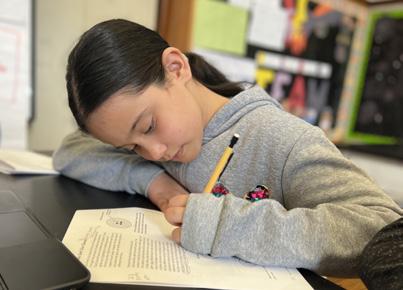
self-advocacy, multiculturalism and
for the fine arts. Our concrete foundation will provide students with the tools they will need to accomplish their goals in life.
School Offers
-Fine Arts -Algebra -Chess


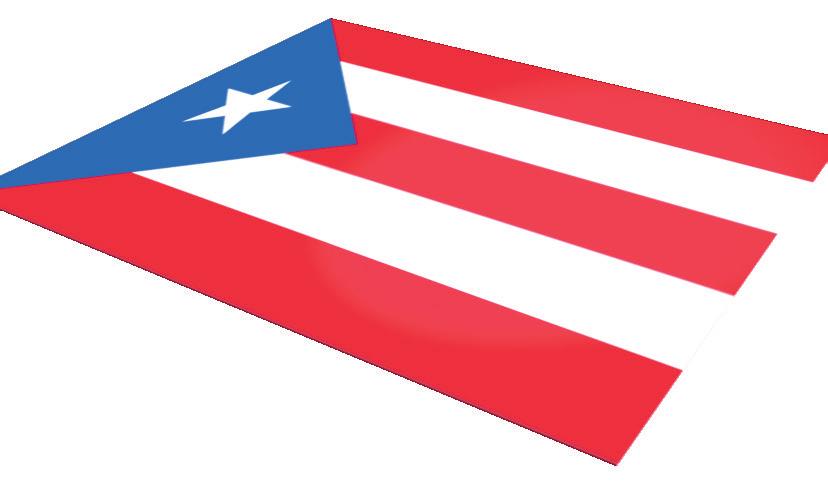




Congratulations to the P uerto Rican Arts Alliance .
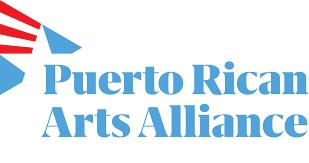
We are proud to join you in c elebrating Puerto Rican and Latin American cultures and the beauty of Chicago’s diversit y. Your partner and friends at Com pl Ément Consulting group.
www.complementconsulting.com



The following are frequently asked questions about the origin, history and tradition of the cuatro.
Written by William Cumpiano of the Puerto Rican Cuatro Project.
Why it is called a cuatro (which means “four”) if it has ten strings?
The answer may lie in the fact that the earliest cuatros had only four strings. However, it has been pointed out that the ancient Moors (who occupied most of Spain for almost 800 years until 1492) had a word al-qatr that meant “stringed instrument.” There was also an ancient Persian four-string instrument called the chartar (pronounced kar-tar). So the word cuatro may not necessary originate from the Spanish word “four” but from a more ancient word and meaning suggesting something else altogether.
Where did the cuatro come from?
The antecedents of all the stringed instruments of Latin America can ultimately be traced to 16th and 17th century Spain, which according to Cervantes abounded in plucked stringed instruments of all shapes and sizes. Stringed instruments came to America in large numbers during the Spanish colonization of the Americas. Early edicts archived in Spain tell us how the Catholic kings commanded the colonizers to take stringed instruments into the New World in order to help them observe and spread the faith.
Stringed instruments of Spain were themselves derived from Moorish and Persian instruments of great antiquity. Research conducted by the Puerto Rican Cuatro Project points to at least two Spanish instruments that may have inspired the early jíbaros (country folk of Puerto Rico) to make their own cuatros. The banduria was a small, four-string Spanish instrument of the 17th century which had the same tuning intervals as the earliest four-string cuatros made in the hilly countryside in central Puerto Rico. These rustic instruments were seen on the island as late as the 1950s. In the 18th century, the
banduria evolved to have ten (5 double course) wire strings. These later bandurias were tuned and strung identically to the cuatros of the 19th and 20th century, suggesting that they were likely the models for the cuatros which abounded on the northern coast of Puerto Rico, particularly in the large cities of Arecibo and San Juan. The modern 10-string cuatro is still called the cuatro español by some old-timers who still recall the Spanish antecedents.
Why are modern cuatro strings placed in pairs and when did it change over from single strings?
It is a prevalent myth in Puerto Rico that the older four-string cuatro evolved to ten strings. It was said that the great Yauco cuatrista Heriberto Torres first doubled the strings on his cuatro during the 1920s to achieve “greater sonority.” Actually, both single and double-string cuatros co-existed on the island as far back as the nineteenth century. But the single-strung cuatros vanished because they didn’t change. There is evidence that shows, as the myth goes, double strung cuatros were being played in Heriberto’s southern town of Yauco during the 1920s but, in fact, double-string cuatros were being played concurrently on the northern coast prior to the 20th century. Indeed, the pairing of the strings is an ancient configuration prevalent in Spain and other European countries during colonial times and many doublestrung instruments must have landed in Puerto Rico since then. However, it is unlikely that many jíbaros saw them until late in the 19th century due to their relative isolation, the scarcity of passable roads in the countryside and the difficulty of travel to larger cities.
The cuatro and other Puerto Rican stringed instruments played a significant role in the jíbaro’s daily life and social behavior. From the earliest day of the colony, the cuatro and the diminutive tiples were
used to accompany the observance of both festive and solemn religious rites, of which there were many.
Among the many religious rites that relied on the native stringed instruments were the rosaries cantaos (sung rosaries), velorios (wakes), promesas (vows), visitas de la virgin (special prayers to the Virgin Mary), florones and aguirnaldos (musical “gifts” sung during the holiday season), and more. The various families of Puerto Rican stringed instruments and musical genres were also used to accompany the island’s many secular festivals. For example, it was customary for Puerto Ricans to end the harvest season with a great festival called the acabe or “ending.” The numerous Puerto Rican dance styles – like the cadenas and the cabayo – were also done in the accompaniment with cuatros, tiples and with guiros (the traditional Puerto Rican scratch-gourd percussion instrument). The centerpiece of secular jíbaro music was the seis, which originated from cheery church dances of medieval Spain. Jíbaros took the seis and combined it with another ancient Spanish tradition, the ten-line poetic form called the décima. With these two elements, the jíbaro created the wonderful music of seis con décima This archetypal form features a single troubadour who, on the spot, invents clever lyrics that conformed to the complex rhyming rules of the ancient décima. The troubadour was always accompanied by a cuatro and a güiro.
The modern ten-string cuatro is tuned in string fourth, with five courses (in this case pairs) of strings. From lowest pitch to highest pitch, these are: B E A D G. For the first fifty years of the 20th century, virtually the only wire strings that were available in Puerto Rico’s small towns were from U.S. (sets of strings sized for American steel-string guitars). During this period, cuatristas had to select those individual strings that were appropriate in gauge (or thickness) for their cuatros Jíbaros tend to refer to these as cuerdas campana or “bell strings,” undoubtedly because of the large bell logo on the wrappers. Strings with a large bell on the wrapper could be obtained in virtually
every small and large town on the island, in one or more general stores near the town plaza.
During research, the Puerto Rican Cuatro Project obtained an old wrapper and found that these “bell” brand strings were made in Chicago. They appear to be the only ones imported to the island for decades. Thus, when a cuatrista is asked what gauge strings are put on the cuatro he will usually say: Dos primas (two firsts – that is, two guitar first strings – which comprise the G or first course of the cuatro), dos segundas (two seconds – two guitar second strings for the D or second course for the cuatro), and dos terceras o una tercera y una prima (two guitar third strings or one guitar third and one first for the A or third course of the cuatro). In other words, there are two ways of tuning and stringing the third course: 1) the “old way” (in which the pair consists of a wound guitar third and a plain guitar first, both tuned to A but an octave apart) or 2) the “new way” (with two guitar third strings tuned in unison). Cuatros strung and tuned in each way sound noticeable different.
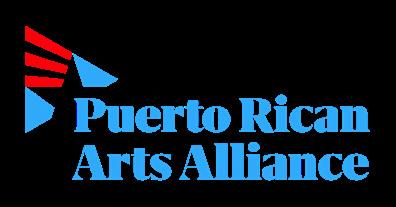
Las siguientes son preguntas y respuestas que más frecuentes se hacen sobre el origen, historia y la información técnica del cuatro puertorriqueño. Escrito por William Cumpiano. Derecho de propiedad literaria: El Proyecto del Cuatro Puertorriqueño.
Por supuesto, el instrumento se nombró desde sus inicios como instrumento los cuatro cuerdas sencilla de tripa. Pero la nomenclatura original del cuatro es un problema más complejo de lo que parece. Los Moros antiguos (quienes dominaron a casi toda España por casi 800 años hasta el 1492) utilizaban una palabra al-qatr, que significaba, “instrumento de cuerdas.” También sabemos que existió un instrumento de cuatro cuerdas en Persia Antigua llamado kar-tar. Aunque la palabra cuatro puede no originarse de la palabra en español que denomina al número cuatro, si pudo haberse derivado de una palabra más antigua.
Desde luego, los antecedentes de todos los instrumentos nativos de cuerda de la America Latina hispana pueden trazarse a la España del siglo 16 y 17, la cual, de acuerdo con Cervantes, abundaba de instrumentos tañidos de cuerdas de todos los tamaños y configuraciones. También sabemos que muchos de los mismos llegaron a América en grandes cantidades. Esto fue debido a que los reyes católicos de España encomendaron solemnemente a los colonos a que llevasen instrumentos de cuerda al “Nuevo Mundo” para observar y dispersar la fe mediante la música. Sabemos también que muchos marineros llevaron pequeños instrumentos de cuerda consigo mediante las largas travesías marítimas como pasatiemp
Dirigiéndonos a épocas aún más antiguas, sin embargo los instrumentos de cuerda de España fueron derivados de los instrumentos de cuerdas Moros y Persas de gran antiguedad. Nuestras investigaciones señalan que existieron por lo menos dos instrumentos españoles en específico que pudieron haber inspirado a los antiguos jíbaros en la construción de sus propios cuatros: Las pequeñas bandurias españolas de cuatro cuerdas del siglo 17. Estas tenian la misma afinacion
que los cuatros antiguos que se hicieron en los pueblitos de la cordillera central de la isla. Estos cuatro de cuatro cuerdas perduraron en la isla hasta mediados del siglo 20. Las bandurrias españolas de diez cuerdas del siglo 18. La encorbadura de las bandurrias en Es paña habían aumentado a diez cuerdas (cinco pares u ordenes) durante el transcurso de un siglo. Debido a que estos eran encorbados y afinados idénticamente a los cuatros de Puerto Rico durante los siglos 19 y 20, pensamos que deben haber sido los modelos originales para que estos cuatro surgieran en la costa norte de la isla, particularmente en los pueblos de Arecibo y San Juan. Dicho sea de paso los cuatros modernos de diez cuerdas son llamados “cuatro español” por algunos ancianos que recuerdan su antecedencia ibérica.
¿Por qué emparejan las cuerdas del cuatro y cuando pasó a ser instrumento de cuatro cuerdas sencillas?
Es un mito prevaleciente en Puerto Rico que el cuatro antiguo de cuatro cuerdas evolucionó progresivamente hasta alcanzar diez cuerdas. El mismo mito menciona la persona responsable y la época del cambio: el mito popular dice que fue el gran cuatrista de Yauco, Heriberto Torres, quien por primera vez en la década de los 1920 emparejó las cuerdas de su cuatro para así lograr más sonoridad. Pero como hemos mencionado, el uno no se derivó del otro, porque el cuatro de cuerdas sencillas tanto como el de las cuerdas dobles co-existieron en Puerto Rico desde (por lo menos) los fines del siglo 19; de esto hay prueba certera. Tenemos evidencia que se tocaban cuatro de cuatro cuerdas dobles en el pueblo sureño Yaucano de Heriberto durante la época de los 1920, pero de hecho cuatros de cinco cuerdas dobles se veían tocándose concurrentemente en pueblos de la costa norteña desde el siglo anterior. El emparejamiento de cuerdas es una configuración indudablemente antigua que prevalecio en España y en otros países europeos durante los tiempos coloniales. Muchos instrumentos de cuerdas dobles tocaron tierra en Puerto Rico desde tiempos immemorables. Pero también fue probable que pocos jíbaros vieron instrumentos configurados así hasta los fines del siglo 19, debido a su aislamiento y a la escazes de carreteras adecuadas en la Isla.
¿Cómo era el cuatro utilizado por los jíbaros en los tiempos remotos?
El cuatro y otros instrumentos de cuerdas puertor riqueñas jugaron un papel significante tanto en la vida cotidiana de los jíbaros como en su comportamiento social. Desde muy temprano, el cuatro y los diminutos tiples fueron usados para acompañar las costumbres de ambas festividades y los ritos religiosos solemnes, que eran muchos. Entre los tantos ritos religiosos con que contaban los instrumentos de cuerdas nativos estaban los rosarios cantaos, velorios, promesas, visitas de la Virgen, y florones aguirnaldos.
Las varias familias de cuerdas de instrumentos puertorriqueños e instrumentos musicales fueron us ados a menudo para acompañar los muchos festivales seculares de la Isla. Por ejemplo, los puertorriqueños estaban acostumbrados a terminar la época de la cosecha con un gran festival llamado el acabe. Las numerosas formas de bailes sociales como las cadenas y de cabayo también fueron acompañadas con cuatros, tiples, güiros e instrumentos tradicionales de per cusión puertorriqueños. La pieza central de la música jíbara fue el seis, el cual se originó en los bailes jubi losos de las iglesias medievales en España. Los jíbaros tomaron el seis y lo combinaron con otra tradición antigua Española, la de las diez líneas más conocidas como la décima. Con estos dos elementos el jíbaro creó la maravillosa música del sies con décima. Este prototipo caracterizó al trovador o troubadour quien podía improvisar letras ingeniosas que conformaban las reglas del complejo de rimas de antigua décima. El trovador estaba siempre acompañado de un cuatro y un güiro.

El cuatro de cuerdas modernas se afina en cuartas exactas con cinco cursos (en este caso parejas) de cuerdas. desde los más bajos hasta los más altos tonos, estos son: B E A D G. CALIBRES: Por los primeros veinte años del siglo veinte, virtualmente las únicas cuerdas de alambre que estuvieron disponisbles en los pequeños pueblos de Puerto Rico fueron un par
de cuerdas hechas en los Estados Unidos para uso de las guitaras de acero americanas. Durante este largo período los cuatristas tuvieron que seleccionar estas cuerdas individuales que fueron apropiadas en calibres (o menos delgadas) para sus cuatros. Los antiguous cuatristas a los que le hemos preguntado, se refieren a esas cuerdas como campanas o “campanas de cuerdas”, indudablemente por el largo de la envoltura de la cam pana. Cuerdas con una campana larga en la envoltura podía ser virtualmente adquirida en todos los pueblos de la Isla, en una o más tiendas cerca de la plaza del pueblo.
Nosotros, obtuvimos una envoltura vieja y encontramos que verdaderamente era una campana de cuerdas de marca hecha en Chicago. Parecía ser la única importada en la isla por décadas. Así que cuando a un cuatrista se le pregunta de que medidas son las cuerdas que usa el cuatro usualmente dice: Dos primas [dos primeras – que son dos guitarras de primeras cuerdas quien componen la G o primer curso del cuatro.] Dos segundas [dos segundas – dos guitarras de cuerdas segundas para el D o segundo curso del cuatro.] Dos terceras o una tercera y una prima [dos guitarras de cuerdas segunda o una guitarra tercera y una primera para el A o tercer curso en el cuatro.] En otras palabras, hay dos maneras de afinar el tercer curso: Lo que ha sido descrito como el ”camino viejo” lo cual consiste en un par de guitarra plana primera, ambas afinadas para A pero con octava parte – o la “nueva manera” con dos guitarras de terceras cuerdas afinadas en armonía. Los cordones de cuatro afinados de cada manera suenan notablemente diferente. Una cuarta y una segunda [una guitarra cuarta cuerda y una guitarra segunda cuerda por el cuarto curso del cuatro.] Una quinta y una tercera [en la guitarra la quinta cuerda y una guitarra tercera cuerda era el quinto curso del cuatro.]
ASPIRA, Inc. of Illinois
Cheryl Cooke
Hector Fabregas, Jr. State Farm Insurance Agent
Elizabeth Colon & Edwin Rivera, Metaphrasis
Language & Cultural Solutions LLC
Dr. Ramon Garcia, Garcia Medical Center
Northeastern Illinois University
Herberto Ruiz, R4 Commercial Real Estate Solutions
Milton Rodriguez, Prosper Senior Solutions
ASPIRA Business & Finance High School
Belmont Cragin Elementary School
Charles R. Darwin Elementary School
Columbia Explorers Elementary Academy
Francisco I. Madero Middle School
Harriet Beecher Stowe Elementary
Irene C. Hernandez Middle School
James Monroe Elementary School
Kelvyn Park High School
Mary Lyon Elementary School
Nathan Smith Davis Elementary
Ogden International High School
Richard Edwards Elementary School
Steinmetz High School
Wolfgang A. Mozart Elementary School
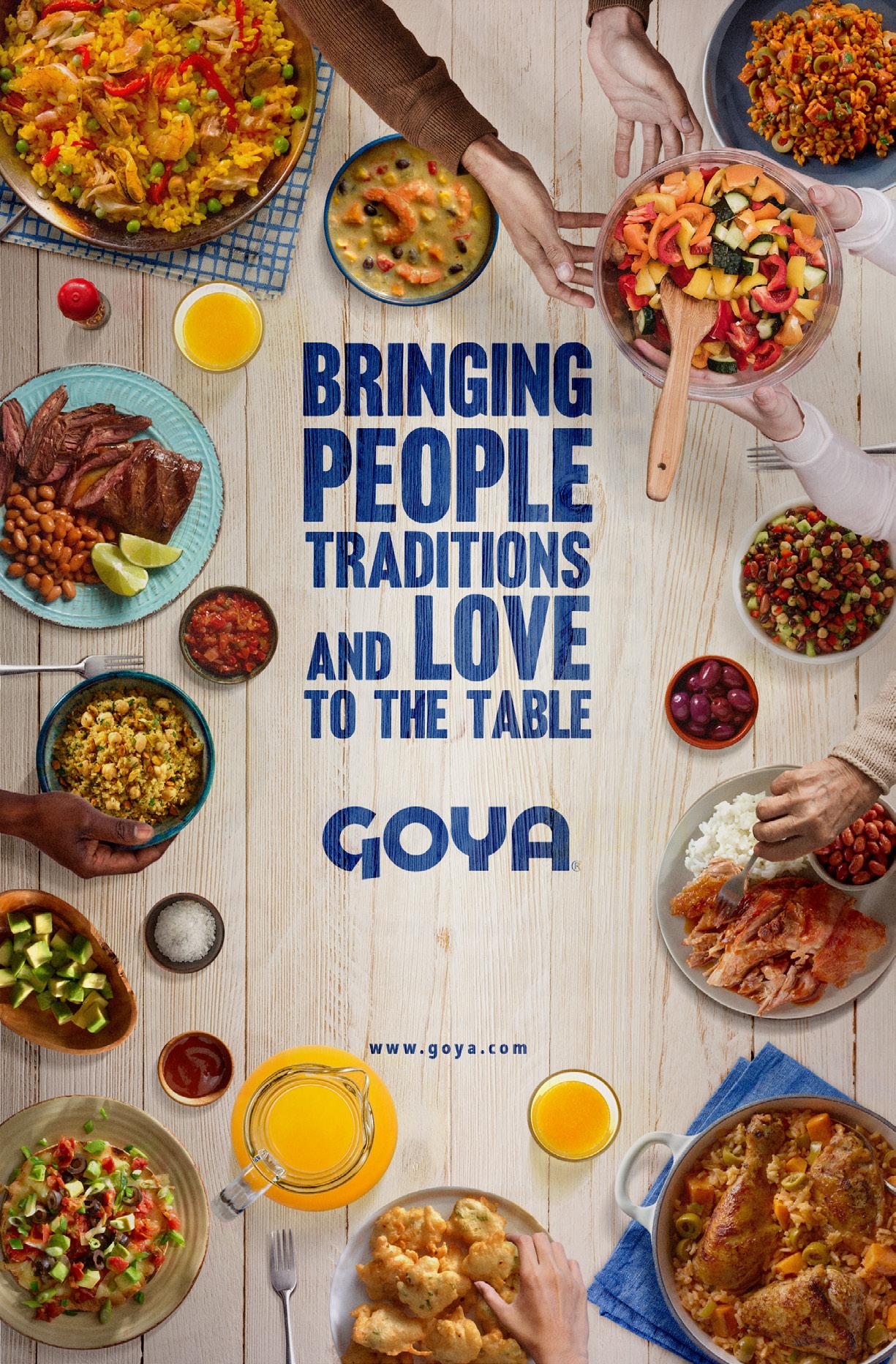
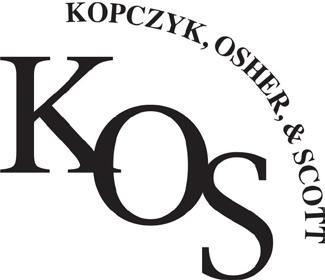



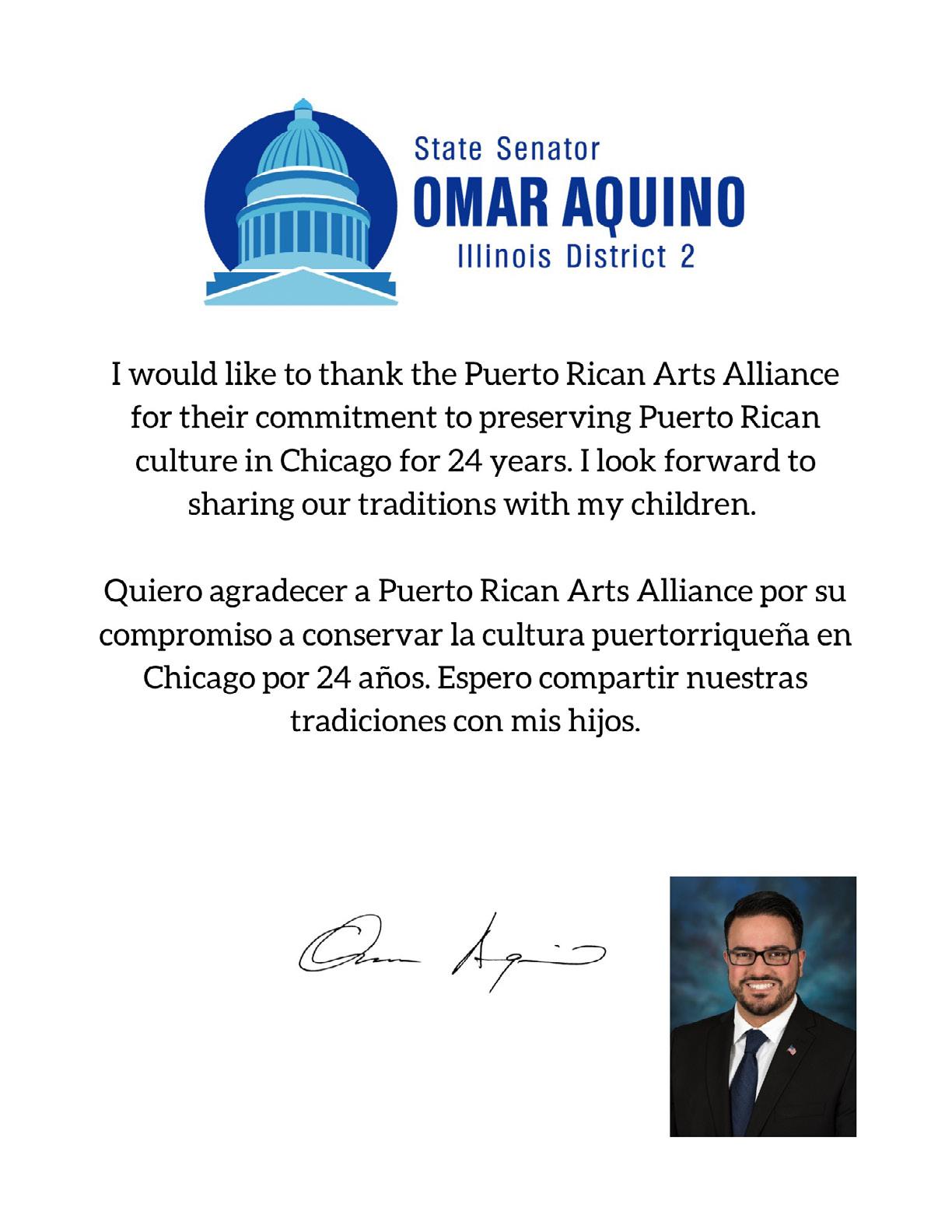

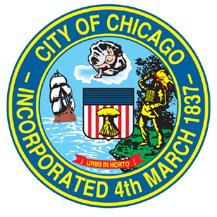

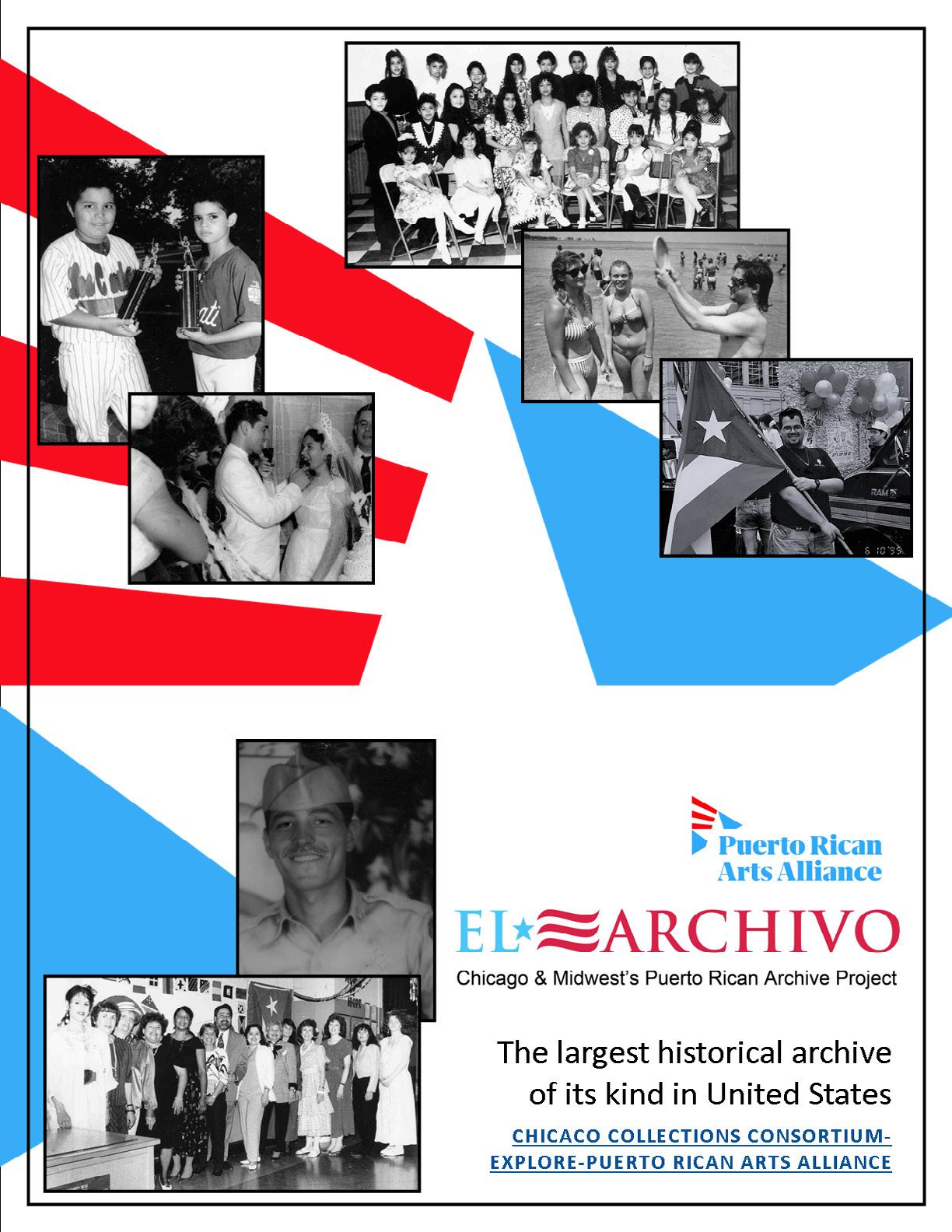

The Puerto Rican Arts Alliance’s, Somos Uno Project, provides high-quality, hands-on academic and enrichment opportunities to over 800 students and families each year.
With a focus on Performing Arts, Visual Arts, Reading, Science, Technology, Engineering, health & nutrition, and physical activity - the Somos Uno Project’s combination of cultural, creative, and recreational activities promotes each student’s academic development and helps strengthen their bond with peers and the community.
PRAA's Somos Uno Project is funded by the Illinois State Board of Education as part of the 21st Century




Pre sid e nt & M ana ging Broke r o. 312.448.8182 c. 312.610.0370 f. 312.940.8944 eruiz@R4cre.com w ww.R4cre.com




Rincon Family Services is dedicated to rendering compassionate and effective programs that promote the quality of life by serving as a catalyst for advocacy, education and empowerment of individuals and their families.

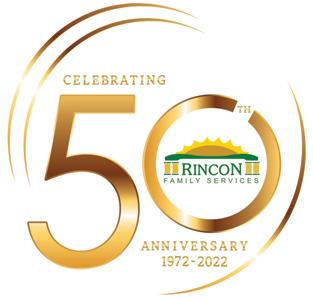
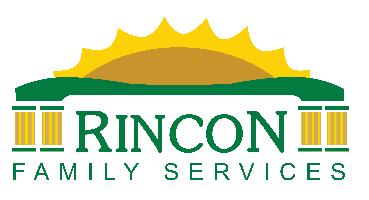
What began as a small clinic established by young community leaders on the West Side of Chicago in 1972 has grown into one of the largest providers of high- quality and culturally competent services focusing on counseling, behavioral health services, substance use prevention and treatment, violence prevention, education, and family services.

At U.S. Bank, we believe art enriches and inspires our community. That’s why we support the visual and performing arts organizations that push our creativity and passion to new levels. When we test the limits of possible, we find more ways to shine.

U.S. Bank is proud to support the Puerto Rican Arts Alliance.
, ,




The Latin Music Project provides youth and children the opportinuty to acces affordable heritage-based music classes taught by conservatory trained instructors - supporting students on their path to becoming the next generation of profesional musicians for classical and other pop music orchestras.
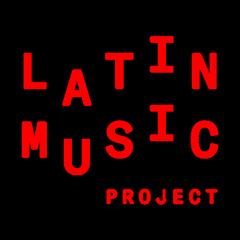

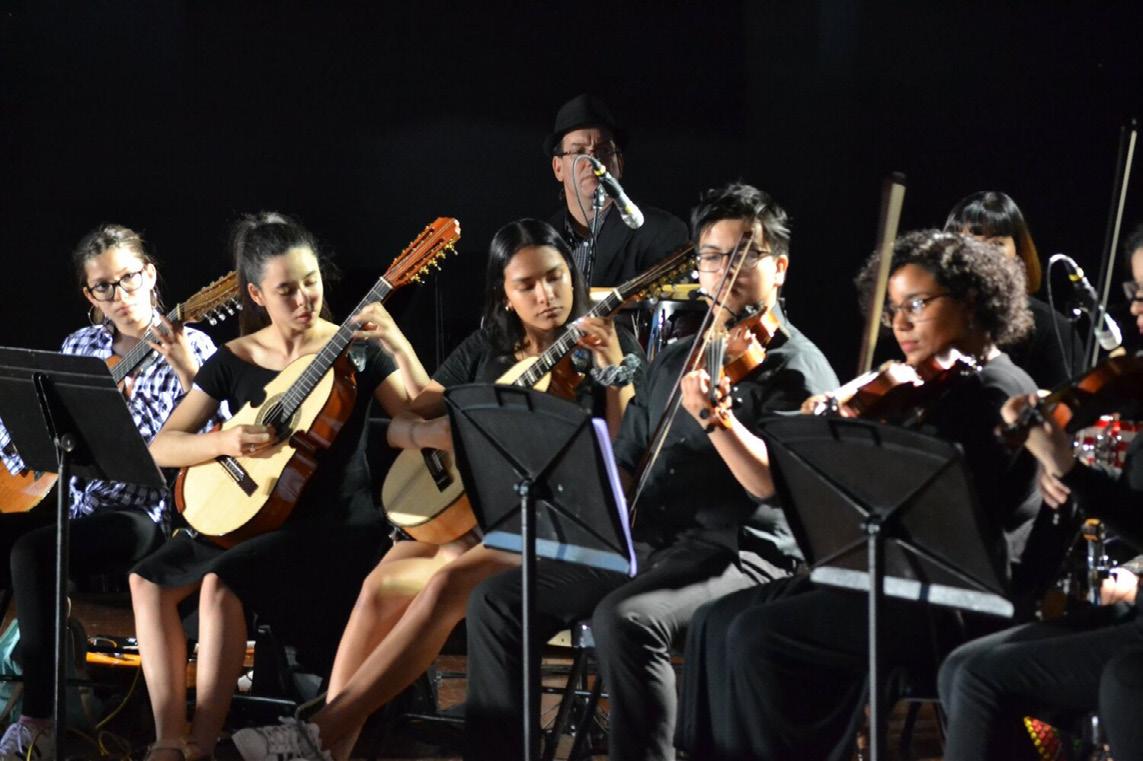
more information or to enroll in our program:

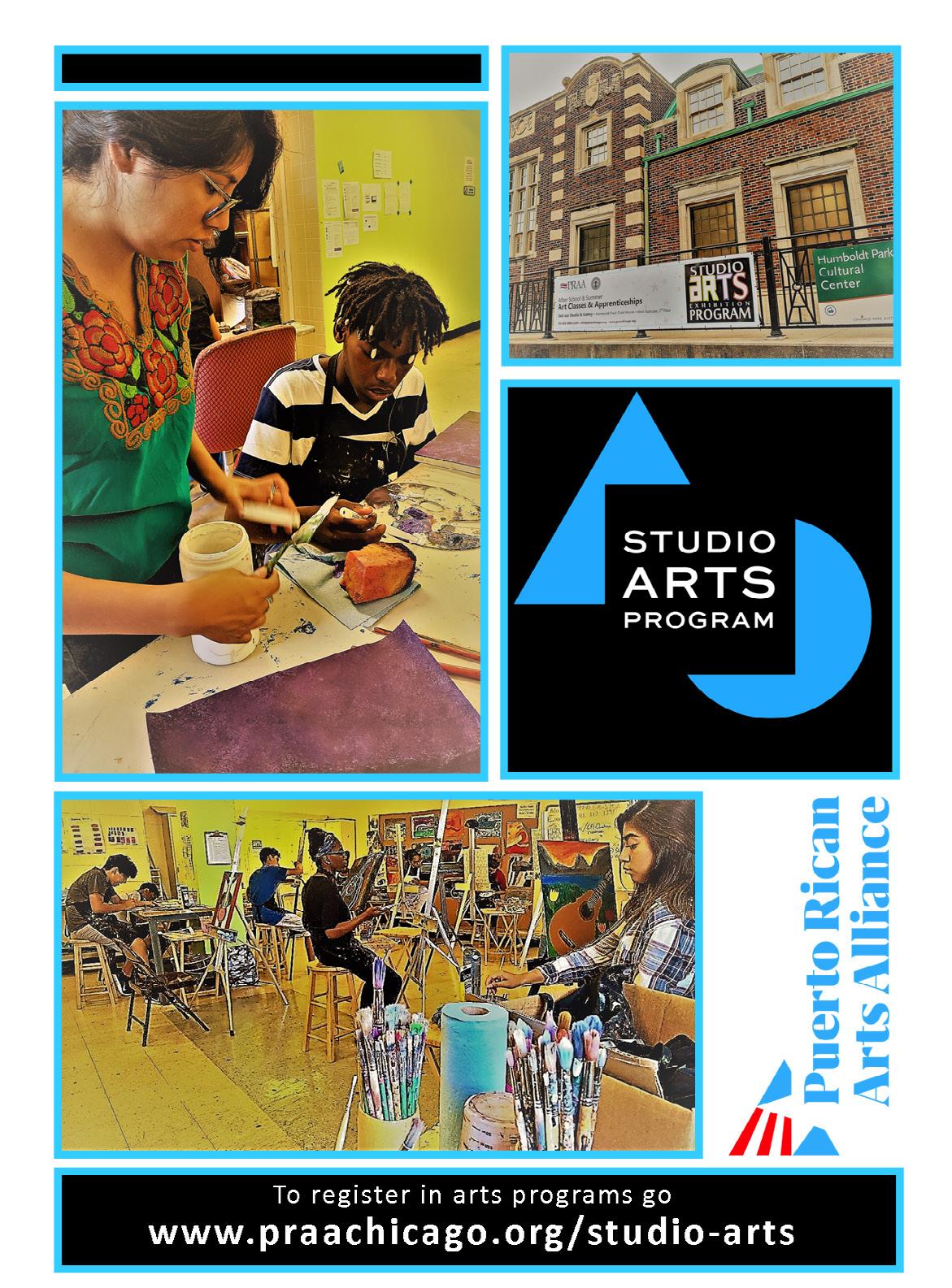
The Harris Theater strongly recommends proper wearing of masks at all times for audiences in the theater including while in line to enter, when in close proximity to others, and throughout the performance. For more information, visit harristheaterchicago.org/faqs.
Photography is not permitted in the Theater at any time and texting during performance is strictly prohibited. Film or digital images will be confiscated or deleted by the Harris Theater house staff; violators will be subject to a fine. Latecomers will be seated at the discretion of the house management. Smoking is prohibited within the Harris Theater. Allowance of personal items and baggage into the auditorium space is at the sole discretion of house management.
Please take a moment and note the nearest exit. In the event of an emergency, follow the directions of the Harris Theater house staff. In the event of an illness or injury, inform the Harris Theater Front of House Manager.
Wheelchair accessible seating locations, swing arm aisle seating, and inclusive/wheelchair accessible restrooms are available on all auditorium seating levels. The Harris is also equipped with an FM Assistive Listening Device system. Headsets are available for check out with a valid ID. Please call the Box Office in advance at 312.334.7777 regarding ticketing and accessible seating questions. If inquiring on any additional accommodation requests to enhance your performance experience, please reach out to access@harristheaterchicago.org or call 312.334.2486 at least two weeks in advance.
Discounted parking validation is available for all ticket holders using the Millennium Park Garage. A validation machine is located on Lobby Level 5 (Upper Randolph).
If you have any questions about the Harris Theater, including rental of the facility, group tours, or volunteer opportunities, please email rentals@harristheaterchicago.org
The Harris Theater is Chicago’s home for music and dance, connecting diverse audiences with artists from across the city, the nation, and the world. Opened in 2003 in Millennium Park, the Theater was the first multi use performance venue built in downtown Chicago since 1929, and fulfilled the city’s need for a shared home for mid size performing arts organizations. Today, the Harris features some of the most diverse arts and culture offerings of any venue in the city, and is a distinctive model for artistic quality, collaboration, and making the performing arts relevant and accessible to the widest possible audience.
Founded on the principle of serving Chicago’s vibrant creative community, the Theater is the home venue of more than 25 not for profit arts and culture organizations. The Harris Theater Presents series has featured world renowned artists and ensembles including Laurie Anderson, Batsheva Dance, English National Ballet, Joshua Bell, Renée Fleming, Sir John Eliot Gardiner and the Monteverdi Choir, Angélique Kidjo, and Paris Opéra Ballet. The Theater’s community engagement initiatives build bridges between artists and community members, providing master classes, artist talks, and free tickets for more than 35 partner organizations throughout Chicago.
To learn more about the Harris Theater, Chicago’s state of the art 1,499 seat performance venue in Millennium Park, visit harristheaterchicago.org.
neighborhood

The Puerto Rican Art’s Alliance (PRAA) currently has an opening for an As sociate Director. PRAA is a Chicago-based non-profit organization focused on elevating the Puerto Rican Arts and Culture through music education program ming, arts education program, and live events. The Associate Director will be a key partner to the Executive Director on all key functions of the organization including, Music Education programming, Art Education, Fundraising, and Budgeting. The successful candidate will have a passion for promoting the Puerto Rican Culture, elevating the success of students in the Music School, and bring visibility and confidence in communicating and engaging with the Chicagoland arts community, philanthropic community, and local government officials. This is an extremely exciting time to join the Puerto Arts Alliance, in its 25-year history the organization has continued to see tremendous growth in music programming enrollments, arts participation, and in 2014 PRAA won an Emmy for its docu mentation of the National Cuatro Festival. An organization that is admired by so many in the arts space and the Puerto Rican cultural spaces both in Chicago and on the Island.

The new Associate Director will have at least 5 years of experience leading and engaging with arts organizations, must have experience and understanding of enrollment and outreach efforts focused on continuing to grow enrollments in the Music program, this an excellent opportunity for a entrepreneurial, creative leader who wants to promote the Puerto Rican Arts and affect change in the mu sic and arts development for Children in and around the Chicagoland area.
Please let me know a good time and number to reach you. However, if more con venient, feel free to email me any suggestions for candidates and/or sources. Also, please feel free to share this job specification within your network.
Thank you for your consideration.
Carlos Hernandez Founder & Executive Director 3000 N. Elbridge, Chicago, IL 60618 carlos@praachicago.org




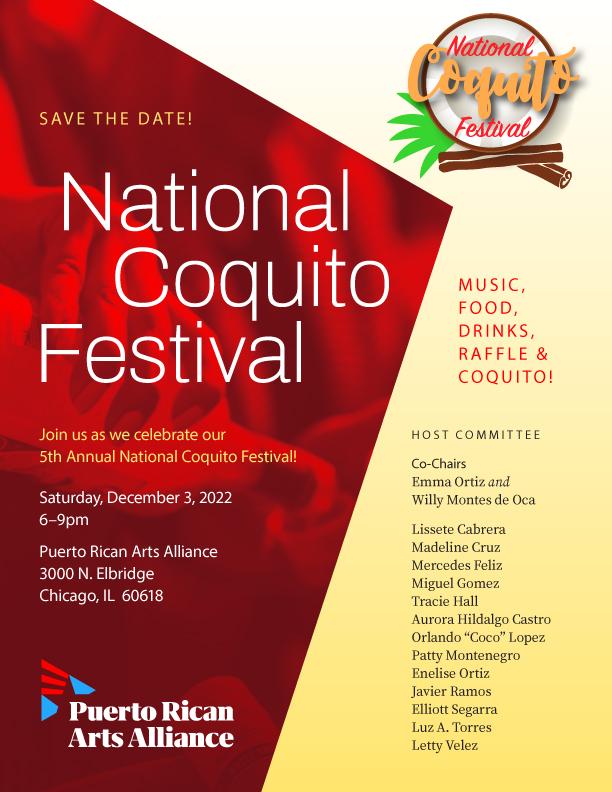
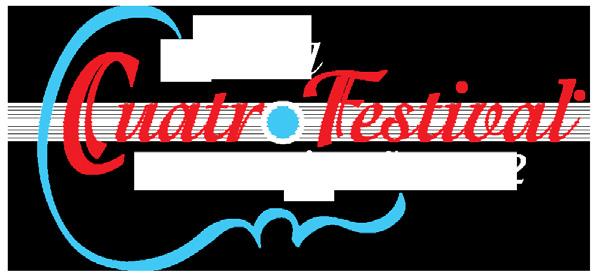


ComEd is proud to support the Puerto Rican Arts Alliance 24th Annual National Cuatro Festival! ComEd is committed to empowering diverse communities across Illinois through the arts.
Best Wishes to All for a Wonderful Event.